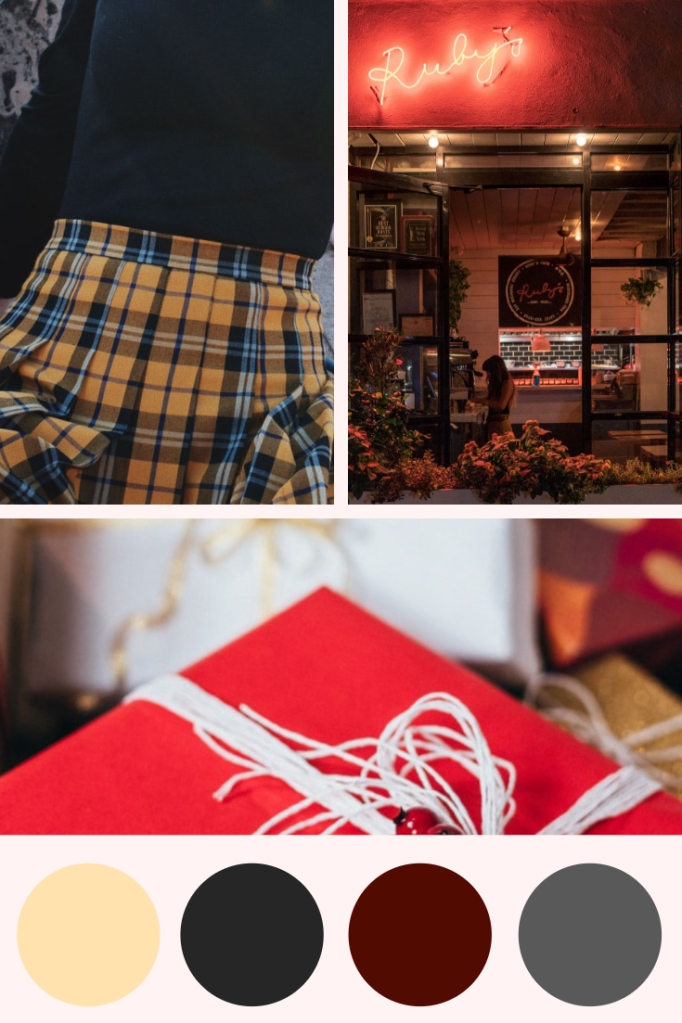Developing a Personal Style is a challenge.
Who am I?
What do I like?
What looks good on me?
What color looks good on me?
But by breaking down each of these questions into a simple alignment and quiz, it becomes much easier to begin to recognize patterns.
Who Am I?
Defining yourself can be as simple as analyzing your interests and hobbies to looking at your Astrological chart and Bryer-Miggs personality test.
Who you are is defined by your own personal values. Here’s an easy template to help guide you on defining yourself. I recommend getting a piece of paper, or opening a notepad and working off of this quiz.
- Are you religious or spiritual?
- Yes Religious
- Yes Spiritual
- No, not Religious
- No, not Spiritual
- Are you more conservative or are you more creative? (This has nothing to do with political stance)
Extremely Conservative, Conservative, Moderate, Average, A little creative, Creative, Extremely Creative
- How much does your appearance matter to you?
Not At All, A little bit, Average, A lot, Extremely
- Do you like color?
- Yes
No
What do you like?
What do your interests say about you? Your interests will often reflect what you buy, what you’re drawn to, and what you’ll wear.
An anime fan who is interested in fitness may be drawn to leggings and hoodies with characters on them, while a yoga instructor who is conservative may wear more traditional athleisure clothing.
Write a list of your interests and create a word map to see if there are any connections you can make. It also helps to look at your current closet to see if there are any repeating patterns, colors, or shapes that appear.
What Looks Good on Me?
Often styles you like or see in magazines, or on TikTok, Instagram, or Pinterest are reflective of current trend cycles. Which often only flatter a small portion of the population. (I can’t pull off cargo pants no matter how hard I try.)
There are a few ways to figure out if something looks good, flatters you, and fits your style.
Color
If you like color, then you’ll probably see more in your wardrobe. But to find out if that color suits you, look to the blood vessels in your wrist.
Do they appear cooler (blue/purple toned) or warmer (Green/blue) toned? Or do they appear mixed between?
Cooler tones:
Look better in silver, jewel tones, and deeper shades.
Warm tones:
Look better in gold, peach, orange, sunset shades.
Neutral tones:
A blend between the two!

Find Your Body Type (Part One)
Everyone has a different body type and structure. All bodies fit into a different category. There is a lot of research into this, but I’ll break down the basics.

Measure your shoulders, bust, waist, hips with a measuring tape like this one, and take those measurements to see which shape matches you best below. Next week, I will break down what clothes and styles flatter different body types!

Rectangle:
Your hips, bust, and shoulders are all roughly the same size.
Triangle:
Shoulders and bust are narrower than hips. Slim arms and defined waist.
Spoon:
Larger hips, bottom-heavy. Defined waist. Can carry weight in upper arms and upper thighs.
Hourglass:
Legs and upper body proportionate.
Slightly rounded shoulders.
Defined waist with hips and bust equal size (or near equal)
Top Hourglass:
General to hourglass with a larger bust.
Bottom Hourglass:
General hourglass shape, but larger hip measurement.
Inverted Triangle:
Larger shoulders and bust, narrow hips.
Round:
Large/full bust, full midsection, narrow hips.
Diamond:
Broader hips than shoulders, narrow bust, fuller waistline.
Athletic:
Not curvy. Shoulder and hip measurements are the same.
You can take all of this information and work to form an ideal fashion style that suits you and represents who you are.
If you’d like help with this, contact or leave a comment below.






You must be logged in to post a comment.